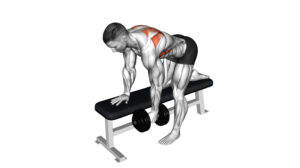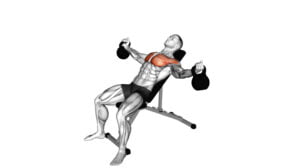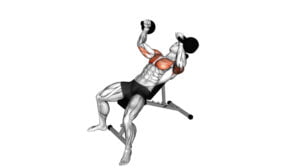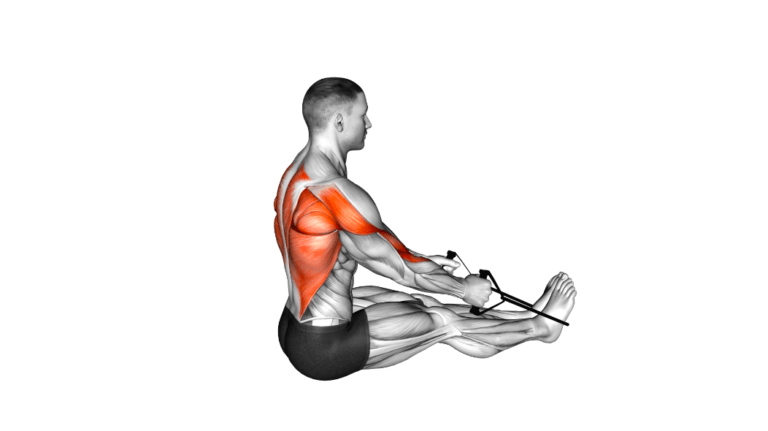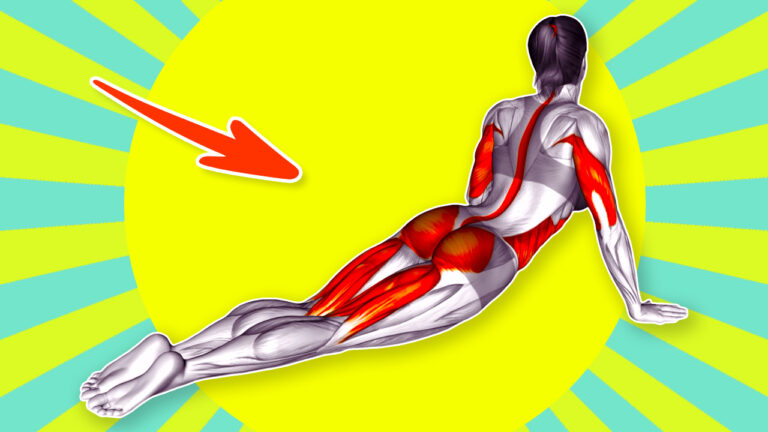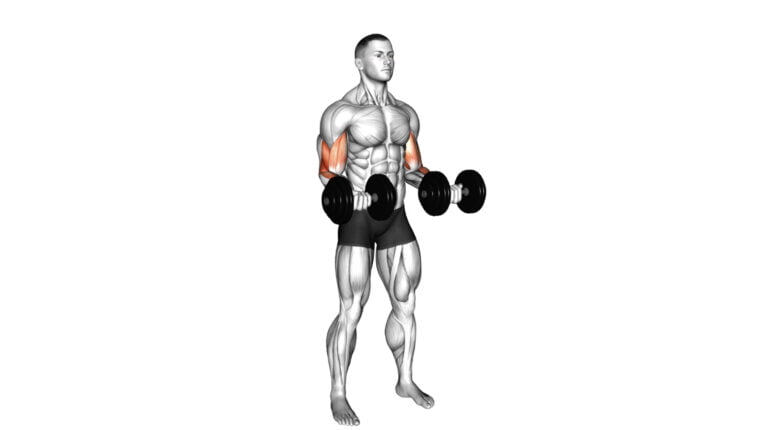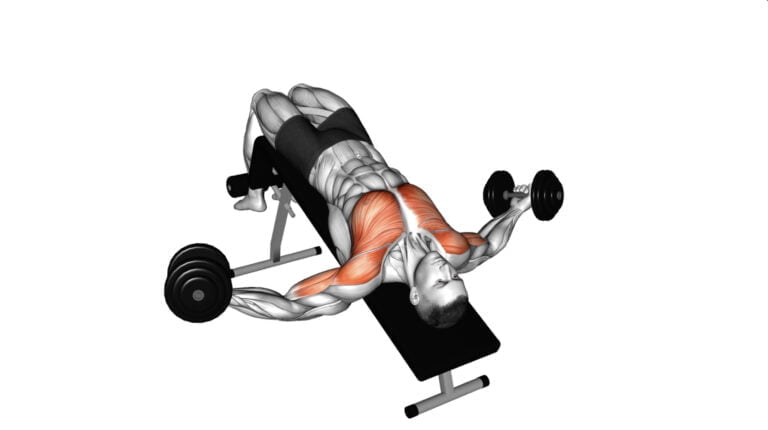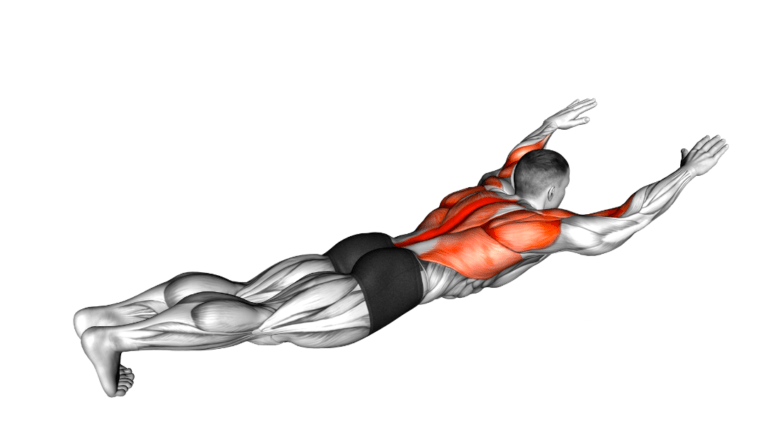5 Chest Dumbbell Exercises Standing For Sculpting And Strengthening Your Pecs
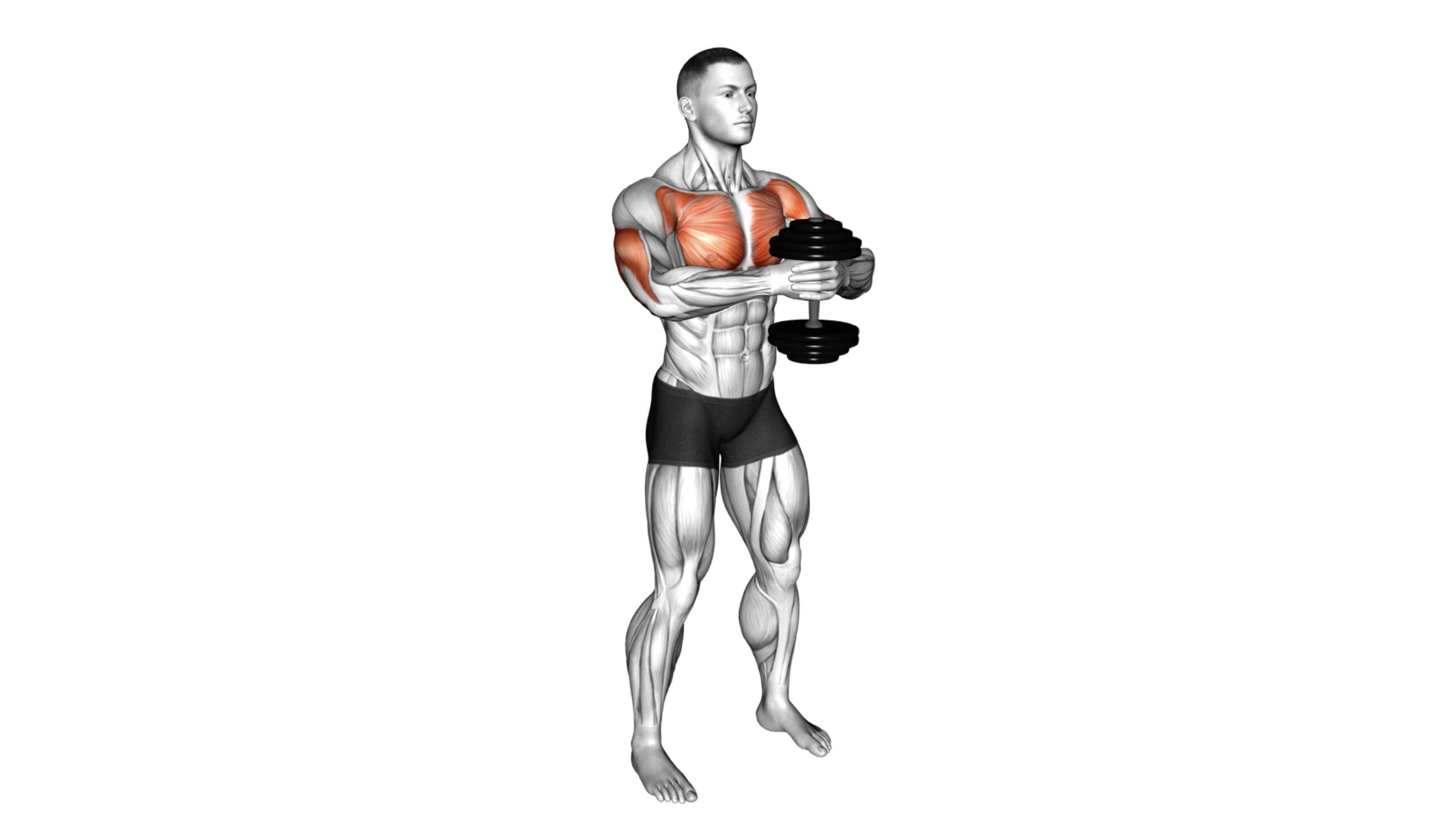
Are you ready to elevate your chest routine beyond the confines of the bench? Many gym enthusiasts limit their pectoral workouts to what they can perform on a bench, overlooking the untapped potential of standing variations.
With over a decade of strength training experience, I’ve seen firsthand how incorporating standing dumbbell exercises for the chest can transform both aesthetics and functional strength.
Standing chest exercises with dumbbells offer a dynamic way to sculpt and strengthen your upper body in ways that traditional seated or lying movements cannot match. By engaging more stabilizer muscles and promoting symmetrical muscle development, these exercises are a game-changer for those seeking comprehensive fitness results.
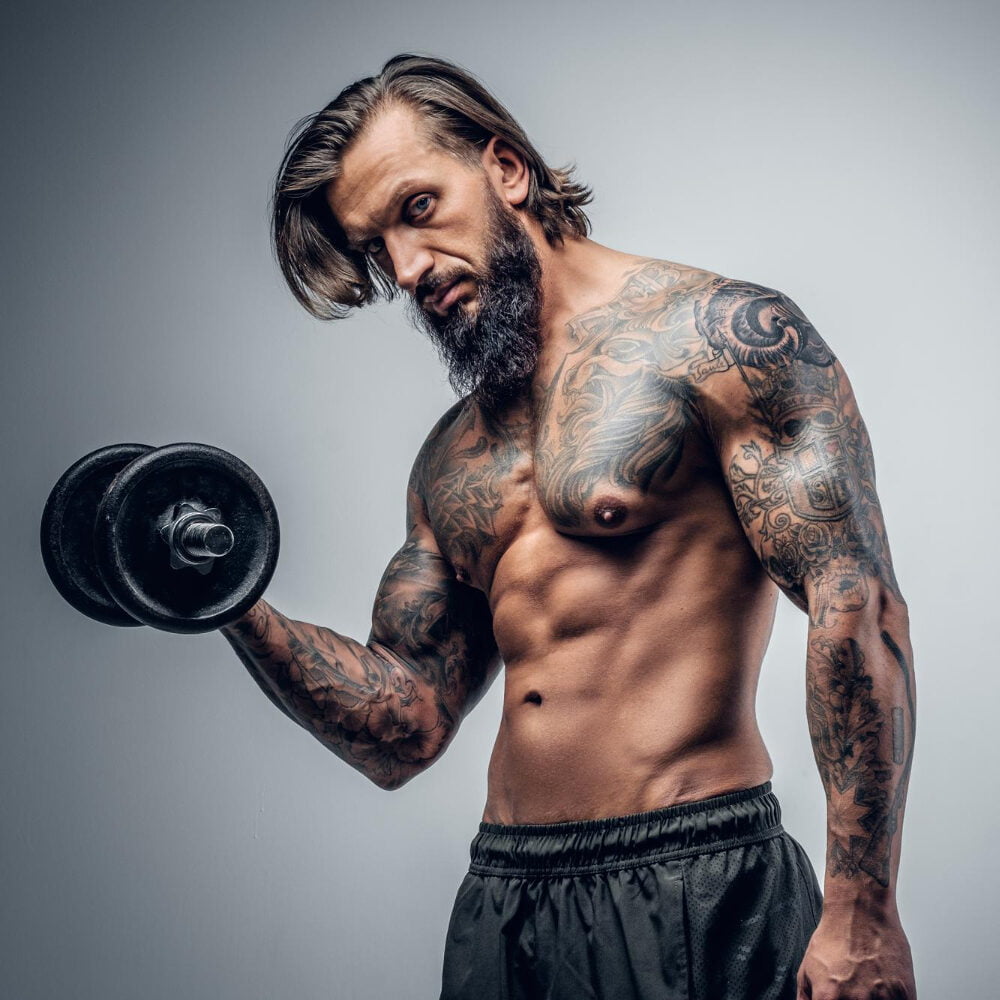
Read on as we dive into five key moves that will reshape your approach to chest training – get ready to press play on progress!
Key Takeaways
- Standing dumbbell exercises for the chest activate more stabilizer muscles than traditional bench workouts, improving balance and overall upper body strength.
- These exercises offer a greater range of motion and balanced muscle growth while putting less stress on your joints compared to seated or lying movements.
- The Dumbbell Svend Press, Dumbbell Standing Single Arm Cross Raise, Dumbbell One Arm Low Fly, Dumbbell Low Fly, and Dumbbell Press Squat are effective in targeting different areas of the chest without needing a bench.
- To build the upper chest without a bench, include various angles and hand positions during exercises and incorporate other movements like push-ups and pull-ups into your routine.
- Gradually increasing weights in standing dumbbell exercises is key to safely building muscle mass and strength in the upper chest area.
Benefits of Chest Dumbbell Exercises Standing
Engaging in chest dumbbell exercises standing provides a greater range of motion, leading to balanced muscle growth and less stress on the joints. Additionally, it helps strengthen stabilizer muscles, contributing to overall upper body strength and stability.
Greater range of motion
Using dumbbells for chest exercises in a standing position gives you the freedom to move your arms more widely compared to lying on a bench. This expanded range of motion means your pectoral muscles have to work harder as they stretch and contract through each rep, leading to deeper muscle engagement.
Imagine how each movement allows not just your pecs but also shoulders and upper arms to travel through a larger space, challenging them further and encouraging stronger development.
Exercises like the Dumbbell Low Fly take advantage of this greater range by allowing lifters to activate different parts of their chest muscles that might remain underworked with standard presses.
The versatility gained from being able to alter paths during lifts can lead directly to more rounded strength and aesthetics in the pectoralis major, serratus anterior, and even into the deltoids.
Every controlled swing or press is an opportunity for these muscles across your upper body to grow stronger in unison without the confinement imposed by traditional bench exercises.
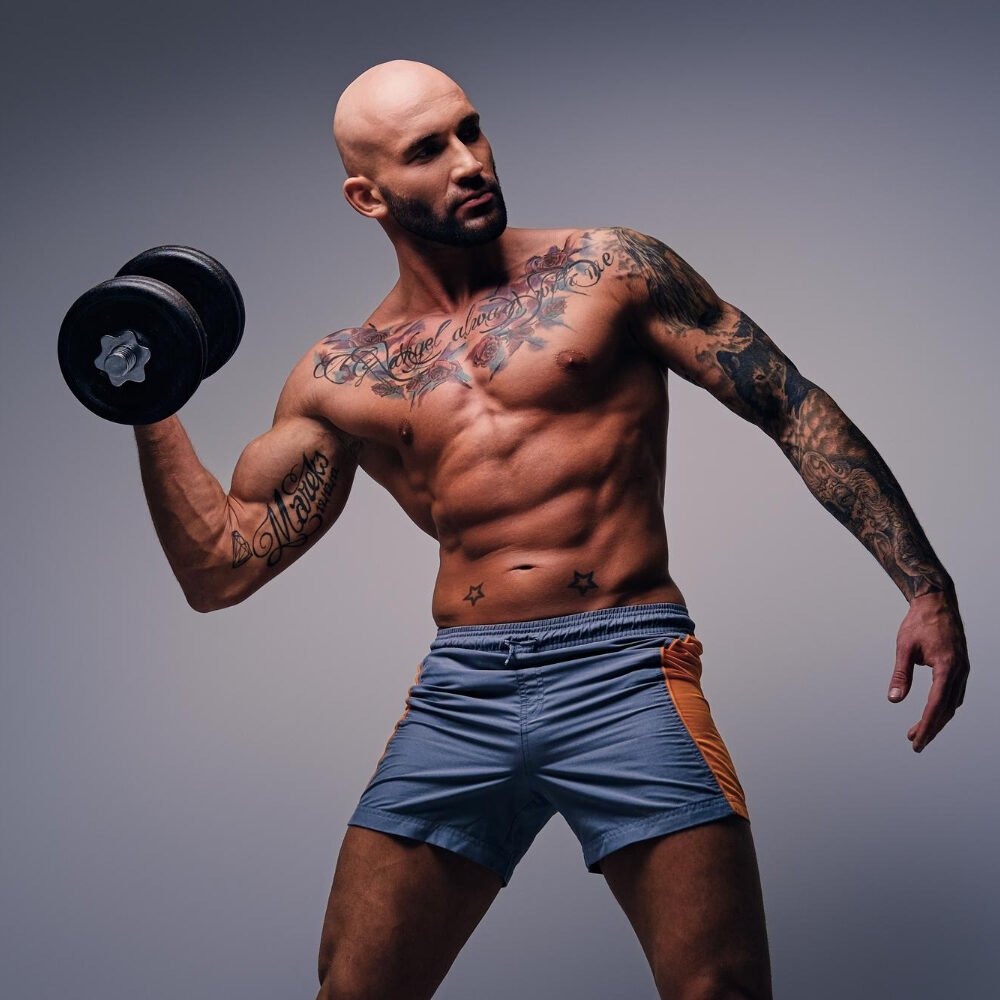
Balanced muscle growth
Achieving balanced muscle growth often seems like a challenging goal, but standing dumbbell exercises are a game-changer. They target not just the pec muscles but also engage your shoulders, arms, and even core for an all-around upper body workout.
With each press or fly, you work multiple muscle groups simultaneously; this encourages symmetrical development and reduces the risk of muscle imbalances that can lead to injuries.
Whether it’s through the focused tension of Dumbbell One Arm Low Fly or the compound movement found in Dumbbell Press Squats, these exercises help ensure that both sides of your body grow stronger together.
Standing while performing chest workouts with dumbbells adds another layer of benefit by activating stabilizer muscles which are crucial for maintaining balance and proper posture during other activities as well.
By standing up, you’re not only sculpting a more defined chest – you’re cultivating strength that translates into real-world functionality. Now let’s dive into some specific exercises that will help build up the chest without needing a bench.
Less stress on joints
Standing while performing chest dumbbell exercises offers a significant advantage for individuals concerned about joint health. As you move through the motions, your body aligns naturally, allowing your joints to maintain a comfortable position without the strain that can come from lying or sitting workouts.
This natural alignment reduces the chances of unnecessary stress on areas like the knees and spine, common issues in traditional bench press movements.
Exercises such as the Dumbbell Press Squat engage not just your upper body but also incorporate lower body movement, ensuring even distribution of effort across various muscle groups.
This harmonious action allows your shoulder blades and hips to support each other, leading to less pressure on any single joint. Less tension in these areas helps prevent conditions such as rotator cuff tears or shoulder impingement, making standing dumbbell exercises ideal for both strengthening muscles and protecting joints.
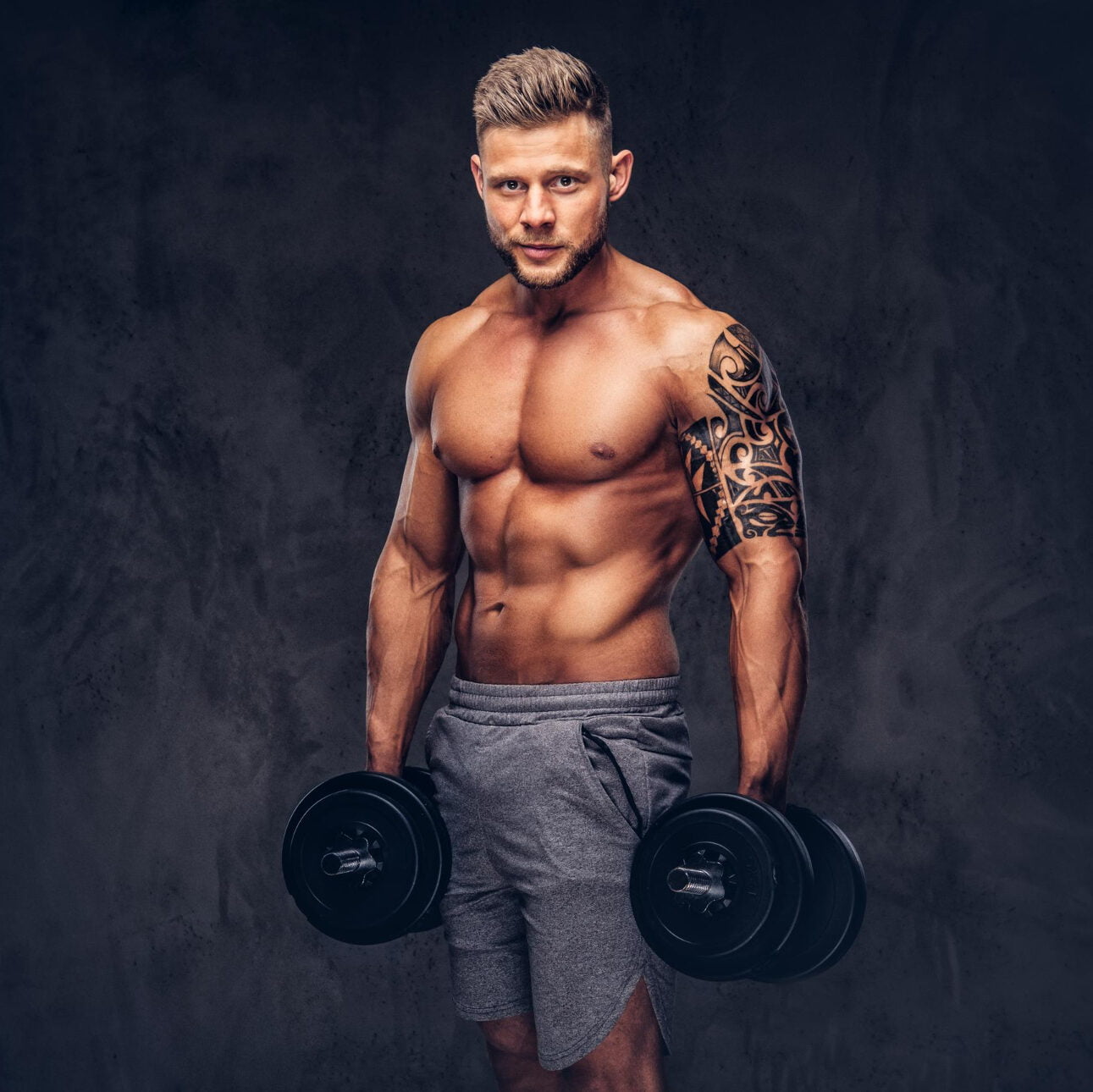
Strengthen stabilizer muscles
To effectively sculpt and strengthen the chest, it is essential to focus on strengthening the stabilizer muscles. The 5 standing dumbbell exercises engage these stabilizer muscles associated with the chest, shoulders, arms, legs, and core, helping to improve overall stability and balance while promoting muscle strength in different areas of the body.
Engaging these stabilizer muscles not only helps to control the movement of weights during exercises but also contributes to improved functional strength for daily activities and athletic performance.
Building a strong foundation through targeting stabilizer muscles can lead to better posture, reduced risk of injury, and enhanced overall physical capabilities.
5 Standing Dumbbell Chest Exercises
Include a variety of chest dumbbell exercises standing to target different areas of the chest and build overall strength. Read on for detailed instructions and tips on how to perform these exercises effectively.
1. Dumbbell Svend Press
Squeeze the dumbbells together at chest level while pressing them upward to sculpt and strengthen your chest muscles. The Dumbbell Svend Press is an effective exercise that can be performed with dumbbells for added resistance, helping you achieve a greater range of motion and balanced muscle growth in your chest.
By incorporating the Dumbbell Svend Press into your workout routine, you can engage in an isolation exercise that targets the pectoral muscles. This exercise not only enhances muscle mass but also promotes cardiovascular health due to its impact on metabolic rate and heart rate.
2. Dumbbell Standing Single Arm Cross Raise
The Dumbbell Standing Single Arm Cross Raise specifically targets the chest muscles while engaging the shoulders and triceps for a comprehensive upper body workout. Maintaining proper form and control is crucial to prevent injury and optimize results when performing this exercise.
Ensuring that each repetition is executed with precision will not only help in sculpting and strengthening the chest but also contribute to overall upper body strength and stability.
This exercise can be an effective addition to your routine, promoting balanced muscle development across different areas of your upper body while minimizing stress on your joints.
3. Dumbbell One Arm Low Fly
The Dumbbell One Arm Low Fly is a targeted exercise that enhances chest muscle strength and definition. When performing this exercise, stand with a dumbbell in one hand and execute a fly motion while keeping the arm straight to focus on engaging the chest muscles.
To challenge the muscles and promote growth, there are various weight options and variations available for this exercise.
The Dumbbell One Arm Low Fly targets chest muscles directly; it’s an effective way to develop strength in that area. By practicing this exercise with different weights and variations, you can ensure continuous progress in building your chest muscles and enhancing overall upper body strength.
4. Dumbbell Low Fly
Engage your chest muscles with the Dumbbell Low Fly, a targeted exercise for upper body strength. Control the movement as you lower the dumbbells and focus on contracting your chest.
The Dumbbell Low Fly is vital for sculpting and strengthening your chest, contributing to improved overall upper body strength. Emphasizing controlled movements during this exercise helps maximize the contraction of your chest muscles while lowering the dumbbells.
5. Dumbbell Press Squat
How to perform the Dumbbell Press Squat exercise? Take the dumbbell with both hands and lower yourself down into a squat. Stretch your arms forward from the dumbbells and then press them to your chest.
This compound exercise targets the chest, shoulders, and legs for overall strength and muscle tone.
Tips for Building Upper Chest Without a Bench
Incorporate other exercises such as push-ups and pull-ups, vary your angles and hand positions, and increase weight gradually to effectively build your upper chest without a bench.
So buckle up and read more about these tips for sculpting and strengthening your chest with dumbbell exercises standing!
Incorporate other exercises such as push-ups and pull-ups
To further enhance your upper chest development, include additional exercises like push-ups and pull-ups. Push-ups effectively engage the upper chest muscles, offering an alternative to dumbbell exercises.
They can be modified to suit various fitness levels, making them accessible to beginners and advanced trainers alike. Additionally, pull-ups are a powerful way to build strength and definition in the upper chest region, contributing to a well-rounded workout routine that targets multiple muscle groups simultaneously.
By integrating push-ups and pull-ups alongside the 5 standing dumbbell chest exercises, you’ll create a diverse workout regimen that addresses different angles of the upper chest. This comprehensive approach can lead to balanced muscle growth and enhanced sculpting of your pectoral muscles while promoting stabilizer muscle engagement for overall strength and stability.
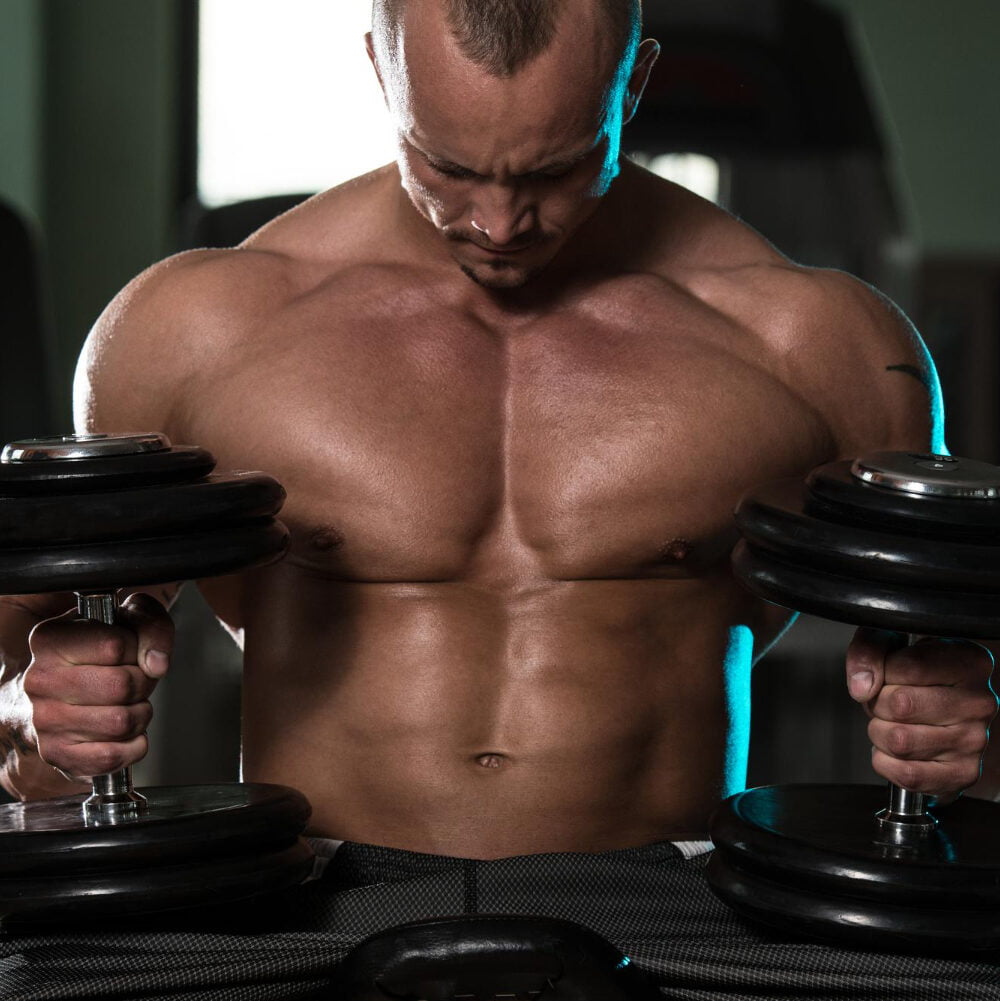
Vary your angles and hand positions
Adjusting your hand positions and angles during chest exercises can effectively target the upper chest muscles without relying on a bench. By altering the angle of your arms and wrists, you engage different fibers in the upper chest, enhancing overall muscle development and strength.
Experiment with wider or narrower grips and varying arm placements to maximize the impact on your upper chest while achieving a balanced and comprehensive workout routine.
Engaging in different hand positions not only challenges your muscles from various angles but also promotes greater coordination and stability throughout the movement. This adaptability is crucial for building strength across all areas of your upper body, leading to more effective results over time.
Increase weight gradually
To build upper chest strength effectively, it is crucial to increase weight gradually. This approach allows your muscles to adapt and grow stronger over time, reducing the risk of injury while maximizing muscle development.
By incrementally adding more weight to your standing dumbbell chest exercises, you can progressively challenge your muscles, leading to steady and sustainable gains in both strength and muscle mass.
Gradually increasing the weight also ensures that you maintain proper form and technique throughout each exercise, promoting optimal muscle engagement and minimizing the risk of strain or overexertion.
Conclusion
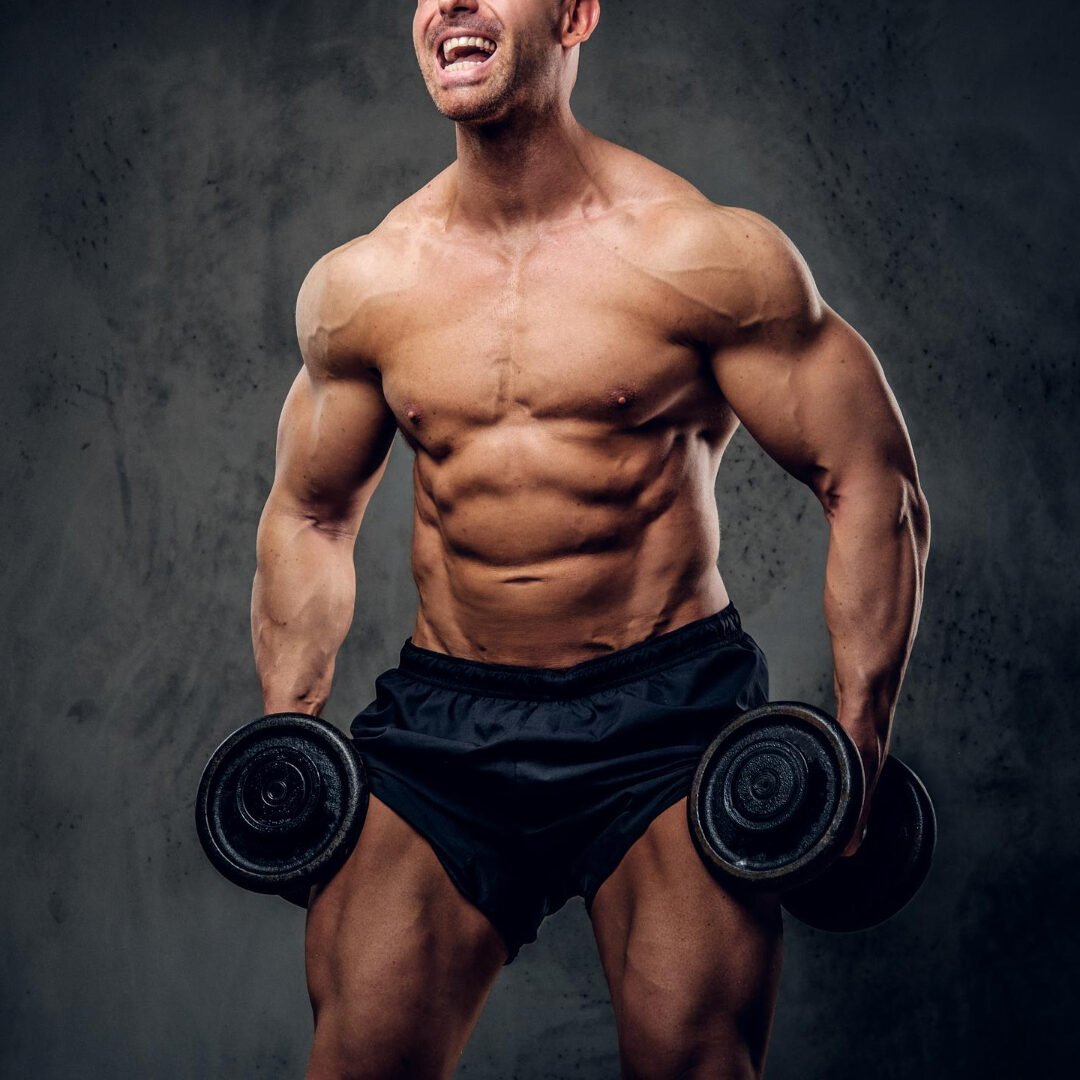
Incorporate these chest dumbbell exercises standing into your routine for a sculpted and strengthened upper body. Enjoy the practicality and convenience of performing these exercises anywhere, whether at home or in the gym.
Have you considered how these efficient strategies can elevate your overall strength and muscle definition? Emphasize their importance by integrating them into your workout for impactful results.
Now, take action on what you’ve learned to achieve your fitness goals with confidence.
FAQs
1. What are some effective standing chest exercises with dumbbells?
Standing chest exercises that sculpt and strengthen include the standing chest press, where you push free weights forward from your shoulders, and the standing dumbbell fly, which works by extending your arms and bringing the dumbbells together in front of you.
2. How does a standing chest press benefit my body?
The standing chest press targets muscles like your pec major, front delts, and triceps. It can improve your upper body strength and help build robust shoulder joints for better posture.
3. Can I do a chest fly without lying down?
Yes! Perform a standing dumbbell fly by holding weights in each hand, keeping a slight bend at the elbows, then move your arms to the side and back to center – this will work on adduction for toned pectorals.
4. Is it important to keep my feet positioned correctly during these exercises?
Absolutely! Proper foot placement ensures balance and stability while performing movements such as incline bench presses or standing flies, activating muscle groups effectively across your entire body.
5. Will adding an incline affect my dumbbell workout for my chest?
Incorporating an incline adjusts the angle of resistance against gravity; it emphasizes different parts of the pectoral muscles like the clavicular head (upper part) when pressing up.
6. Are there risks involved with doing chest workouts using free weights?
Care must be taken to avoid injuries like rotator cuff strain or clavicular fractures; always maintain control over movement through steady breathing patterns and not locking out arms too rigidly during repetitions.

Author
Years ago, the spark of my life’s passion ignited in my mind the moment I stepped into the local gym for the first time. The inaugural bead of perspiration, the initial endeavor, the very first surge of endorphins, and a sense of pride that washed over me post-workout marked the beginning of my deep-seated interest in strength sports, fitness, and sports nutrition. This very curiosity blossomed rapidly into a profound fascination, propelling me to earn a Master’s degree in Physical Education from the Academy of Physical Education in Krakow, followed by a Sports Manager diploma from the Jagiellonian University. My journey of growth led me to gain more specialized qualifications, such as being a certified personal trainer with a focus on sports dietetics, a lifeguard, and an instructor for wellness and corrective gymnastics. Theoretical knowledge paired seamlessly with practical experience, reinforcing my belief that the transformation of individuals under my guidance was also a reflection of my personal growth. This belief holds true even today. Each day, I strive to push the boundaries and explore new realms. These realms gently elevate me to greater heights. The unique combination of passion for my field and the continuous quest for growth fuels my drive to break new ground.

